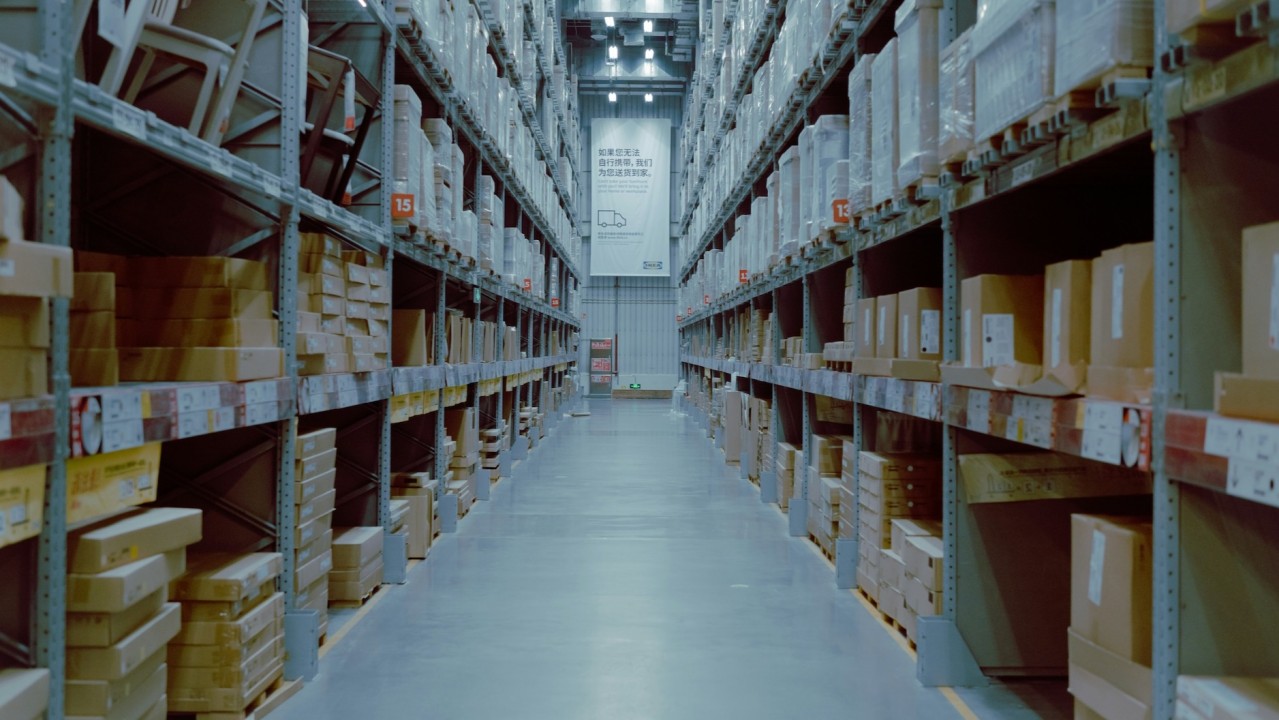Two years ago, Forbes published that eCommerce is expected to become the largest retail channel in the world by 2021. It was news then, and it’s news now. eCommerce is booming; the disruption is creeping into every business in the retail and, by default, logistics space. And even industry giants are feeling the pains of the explosion. Amazon’s online competition has grown during COVID and its market share is feeling the influence. In a recent JP Morgan report, it was noted that Amazon’s online retail market share fell from 42% pre-COVID to 34% as of April. Walmart+ will only exacerbate that; one survey I read indicated they expect 20m+ households may join the service within 6 months of launch.
On the one hand, this is great news for retailers. Gaining strength through digital means is a strong revenue stream. But this revenue stream is plagued by the last mile operations. Today, last-mile delivery is the most inefficient process of the entire supply chain, according to 59% of T&L companies in the U.S.
By default, this inefficiency is passed on to the retailer. But what happens when the retailer cannot pass this cost onto their customers? Consumers today are not willing to absorb the cost of delivery. In fact, delivery costs are drivers for customer buying decisions.
Many retailers are looking at alternative fulfillment – BOPIS, curbside pickup, crowdsource delivery, 3PL logistics service providers. However, building a model with all these fulfillment models is challenging retailers, and with the clock ticking and market share lost to digitally advanced giants, retailers are faced with a wake-up call.
As a retailer, you should be asking yourself, how do we make digital profitable? Where do we save on delivery costs, and how can we become more operationally efficient? And of course, most importantly, how do we take this to scale (as I mentioned this is a channel that is just going to continue growing).
Today retailers and logistics companies are rolling out new fulfillment models and services, but the question is whether they are thinking long term. Much like those brands that ran to Amazon or Instacart, will they face the same challenges in a year from now? Will the semi-manual curbside program meet customer expectations when curbside pickup outgrows delivery? Will in-store resources be utilized correctly when teams are siloed between different fulfillment models? Will delivery costs be optimally managed with all the different third-party delivery providers?
These are scale questions. In essence, is what these organizations have in place today, going to meet the demand of tomorrow? Not if they used point solutions with limited flexibility and configurations (but no one has time for something custom built). Logistics companies and retailers need technology that is out of the box, with easy configurations that can be tailored to business KPIs and modularity to grow with new fulfillment models. They need a connection to an open network of providers and partners that share the same goals of delivery efficiency, last-mile optimization, and of course customer experience.
This is the time to get the best practices, hear what the pros are doing, and move from planning to doing. My team is hosting a fireside chat just on that. We have experts from Barclays, Postmates, and Party City joining us next week with real-world insight on how top retailers are embracing disruptive eCommerce trends to win greater market share with alternative fulfillment and delivery.



